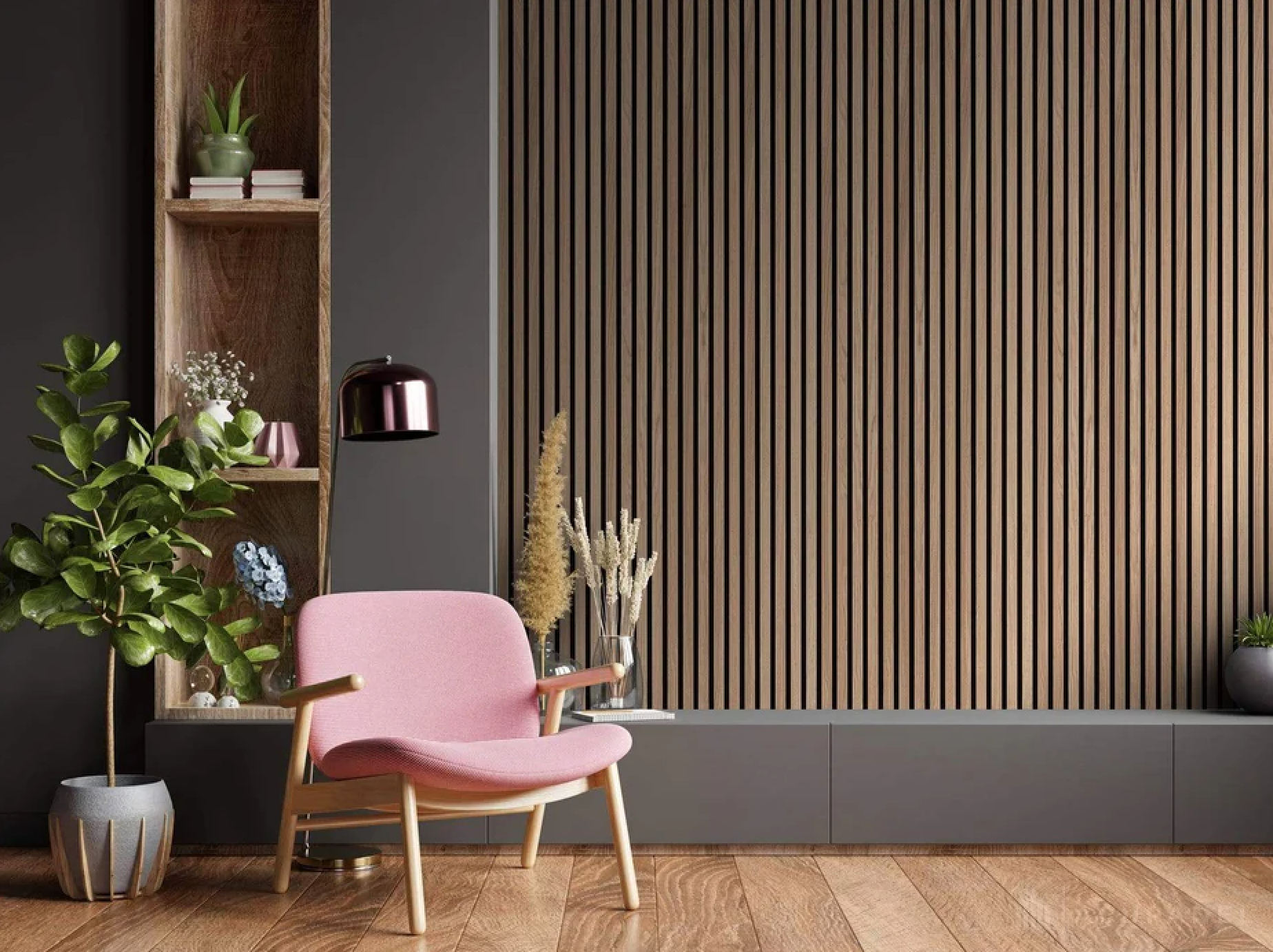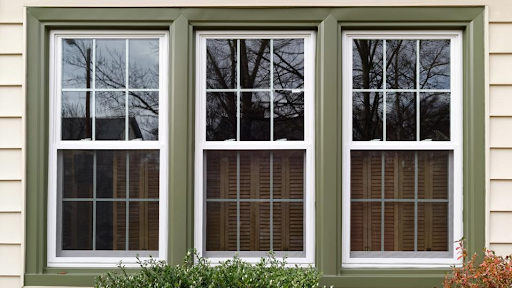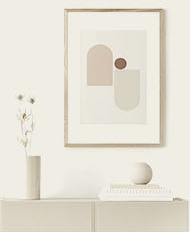
5 Materials to Replace Veneers in Your Accent Wall Design
An accent wall is like the showstopper in a room.
It’s eye catching, it’s impressive, it’s defines the style sense of the entire home.
Now, an accent wall is the “odd one out” , serving as a focal point through the use of a distinct colour, texture, or material. It’s purpose is to enhance the visual appeal of a room and serve as a conversation starter. It can be used to reflect the personality of the occupants while throwing light on the architectural features of the space. Accent walls break the monotony, create visual interest, and can even make a room appear larger or more intimate, making them a significant element in thoughtful and engaging interior design.
What is Veneer?
Veneer is a thin layer of real wood that is applied over a core material, typically plywood or MDF (medium-density fiberboard). This gives the appearance of solid wood without the cost and weight associated with it. Veneer has long been a popular choice for accent walls due to its natural look and the ability to create intricate designs. However, it’s not without its downsides.
Why Use Alternatives for Veneer in Accent Wall Design?
Materials play a crucial role in accent wall design, as they can dramatically influence the aesthetic and functional qualities of a space. The choice of materials; whether it’s veneer, textured wallpaper, reclaimed wood, luxurious stone, or sleek metal, it determines not only the visual impact but also the tactile experience of the wall.
Different materials offer varying degrees of durability, maintenance, and insulation, impacting the overall comfort and longevity of the design. Furthermore, materials can convey different styles and moods, from the warm, rustic charm of natural wood to the sophisticated elegance of marble. Thus, selecting the right material is essential for creating a cohesive and impactful accent wall that enhances the character and functionality of the room.
5 Alternative Materials for Veneer Finish Wall Panelling
Wall panelling has long been a favorite for enhancing the aesthetics and functionality of interior spaces. So, let’s have a look at the top 5 replacements for veneer in accent wall design.
-
Laminate Panels
Source: Decor slim stone
Made from a composite material with a decorative surface layer, laminates come in an array of colors, patterns, and textures that can mimic the look of natural wood, stone, or even fabric. They are cost-effective and easy to clean, making them resistant to scratches and stains, which is ideal for high-traffic areas.
-
PVC Wall Panels
Source: Coowin WPC
PVC wall panels are lightweight, waterproof, and easy to install, making them a practical alternative to traditional veneer finishes. These panels are available in various designs, including wood grains, marble patterns, and solid colors. They are water and moisture-resistant, which makes them perfect for use in bathrooms and kitchens.
-
3D Wall Panels
Source: Amazon
For those looking to add a touch of drama and texture to their walls, 3D wall panels are an excellent choice. These panels come in various materials such as MDF, bamboo, and plastic, and feature intricate patterns and designs that create a stunning visual effect. They add depth and texture to walls and are available in numerous materials and designs, allowing for great versatility.
-
Fabric Panels
Source: Dexune
Fabric wall panels offer a soft, luxurious alternative to hard surface panelling. These panels are typically made with a wooden frame, covered in foam, and upholstered with fabric. They add warmth and texture to any room and can be customized with different fabrics and patterns. Fabric panels enhance acoustic insulation, which makes them particularly useful in home theaters and music rooms.
-
Glass Panels
Source: Saint Gobain
Available in various finishes such as frosted, colored, and textured, glass panels can create a contemporary and elegant look. They reflect light, making spaces appear larger and brighter. Their sleek and modern appearance is complemented by their ease of cleaning and maintenance. Glass panels are available in a variety of finishes and colors, making them suitable for kitchens and bathrooms where a clean, reflective surface is desired.
In Conclusion
Exploring alternative materials to replace traditional veneers in accent wall design opens up a world of creative possibilities and practical benefits.You can not only achieve a unique and personalized aesthetic but also enhance the durability and functionality of your space. Each material offers distinct qualities that can transform an ordinary wall into a captivating focal point, aligning with your design vision and lifestyle needs.
Visit the Archizy Shop to discover the most unique handcrafted home decor products.














